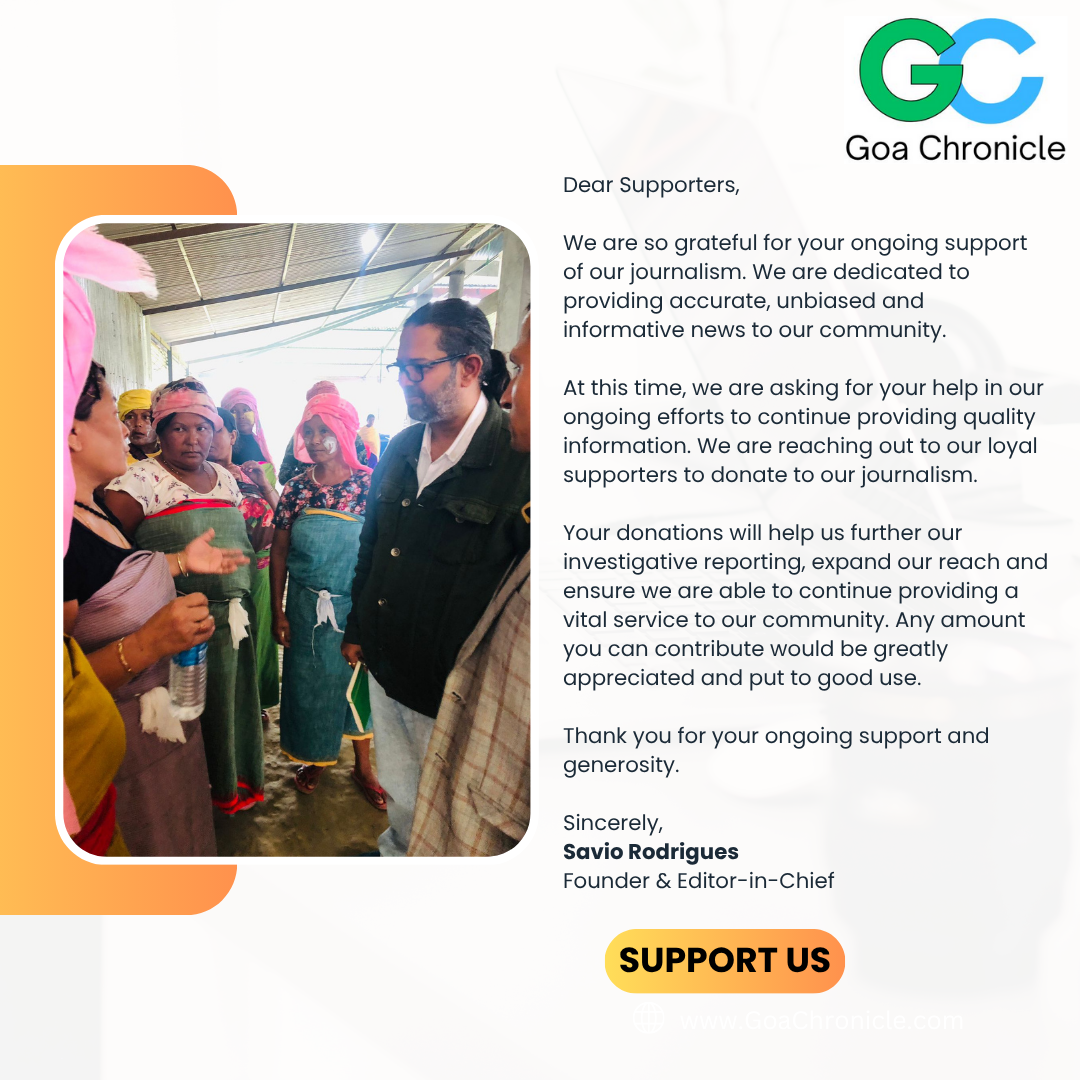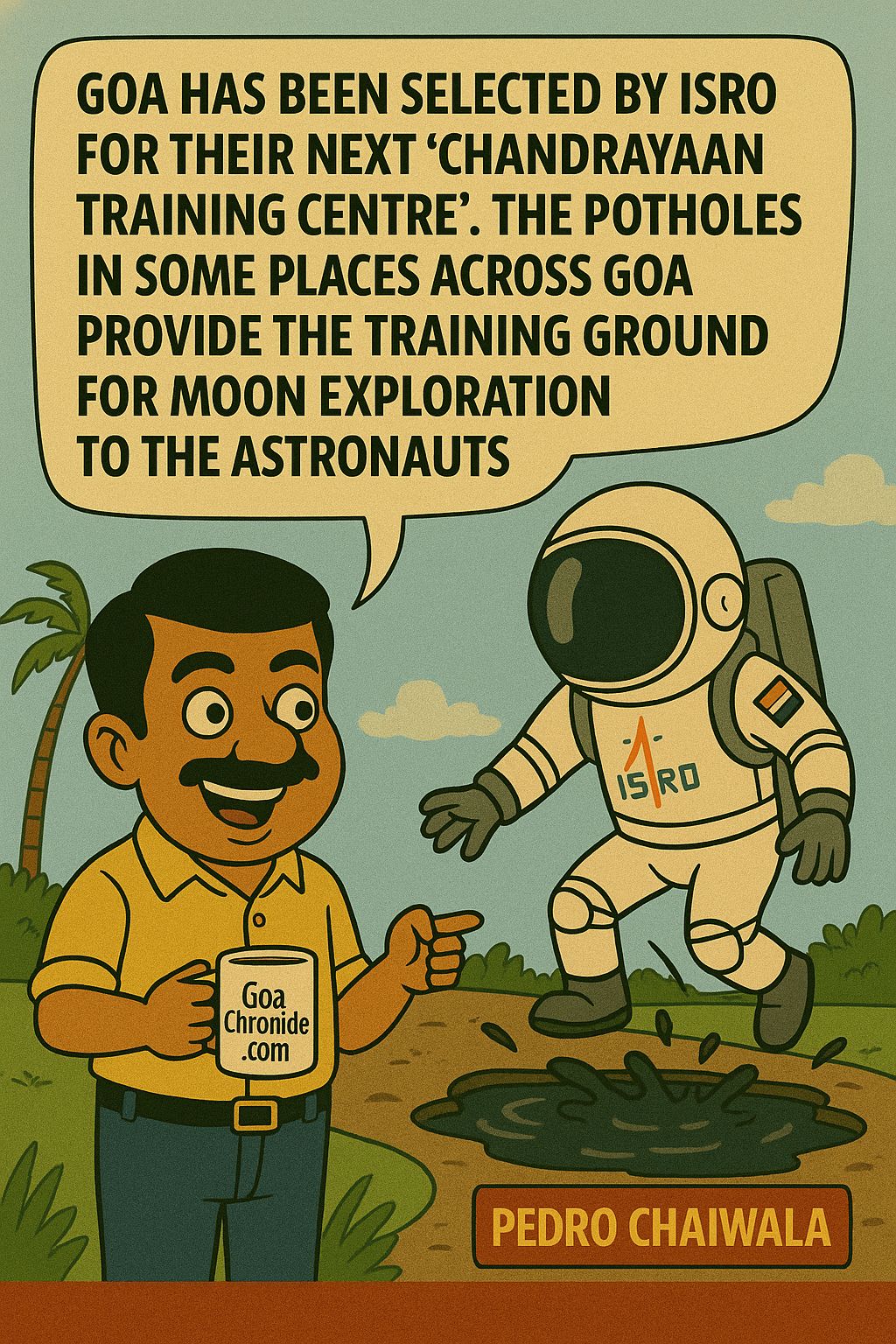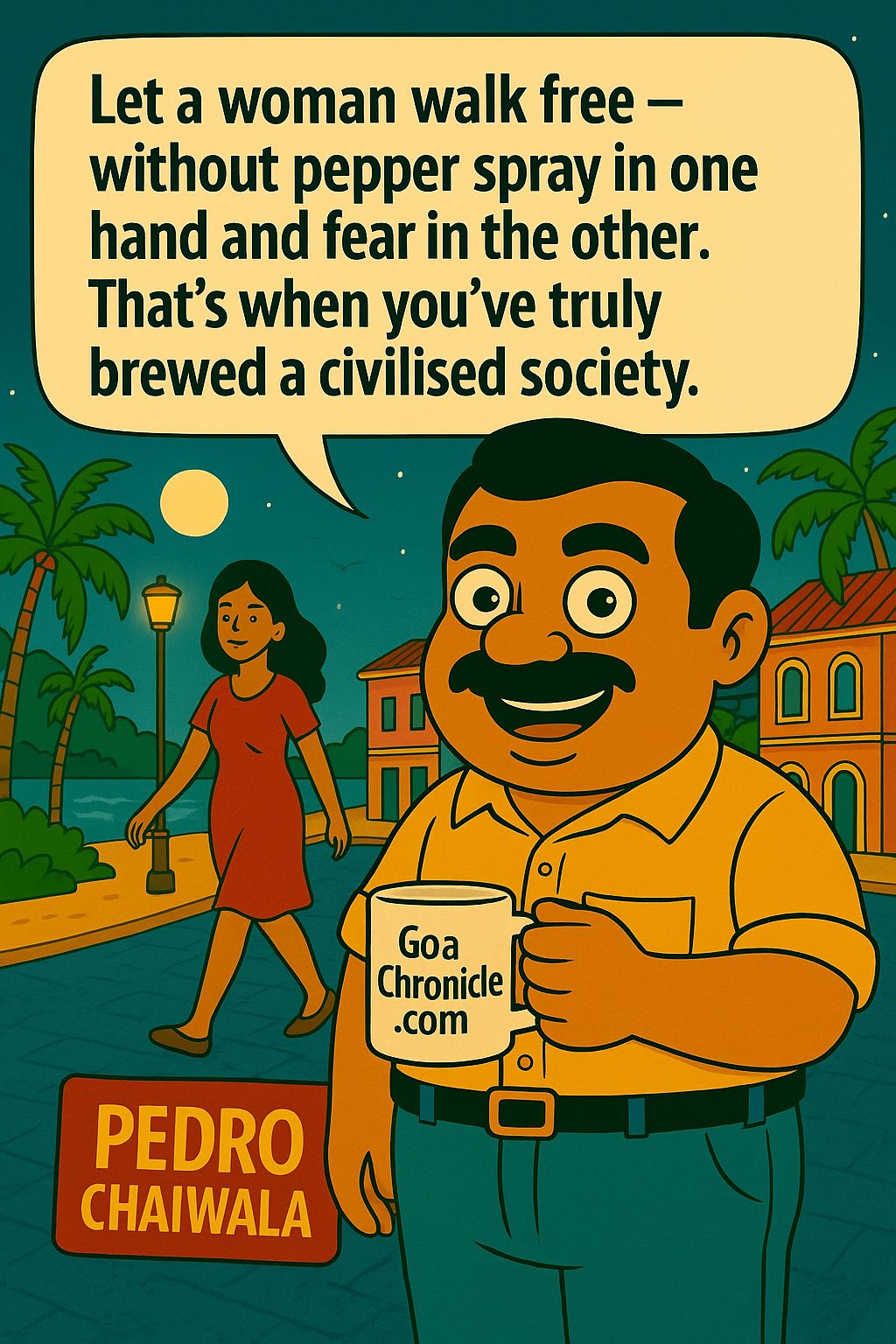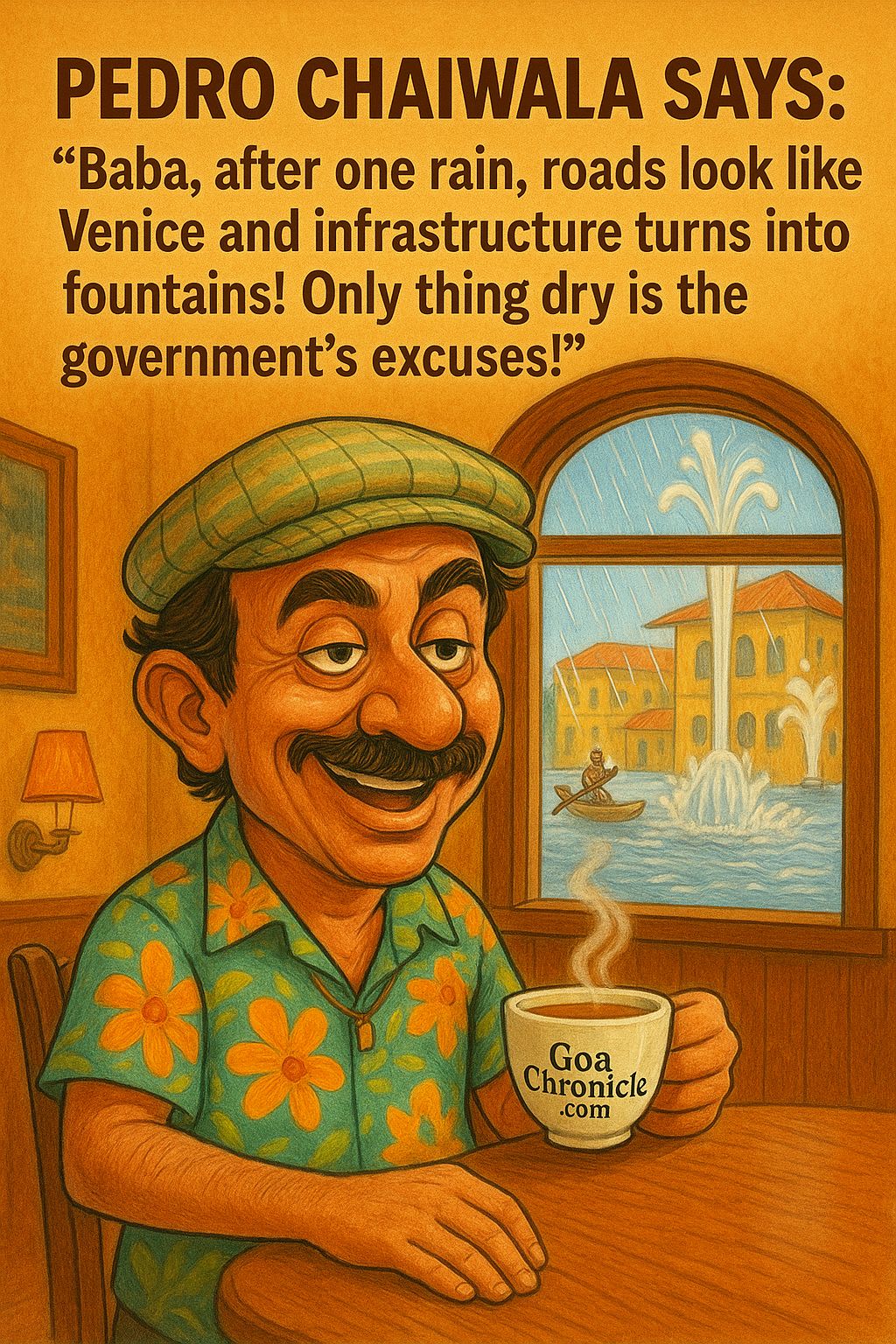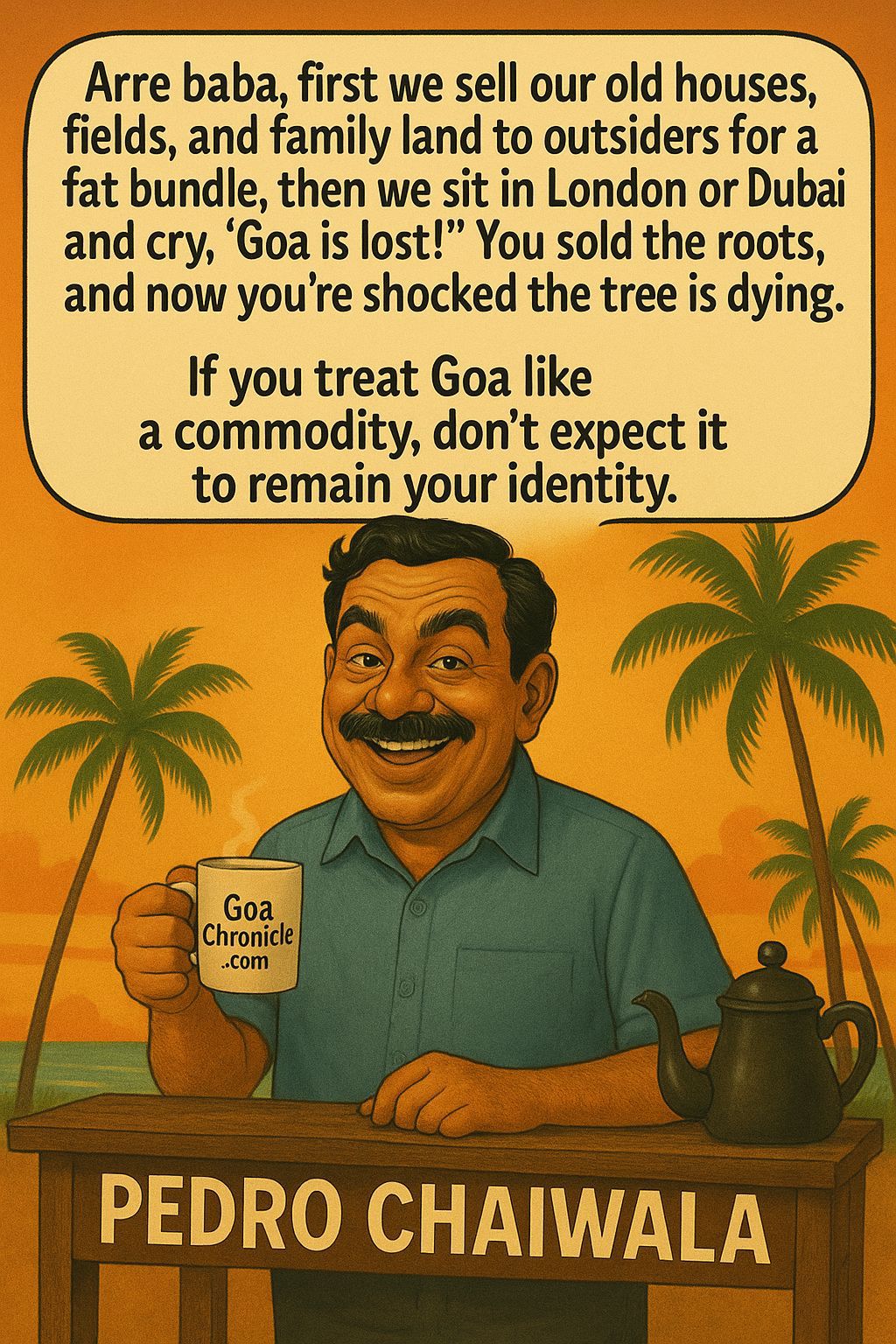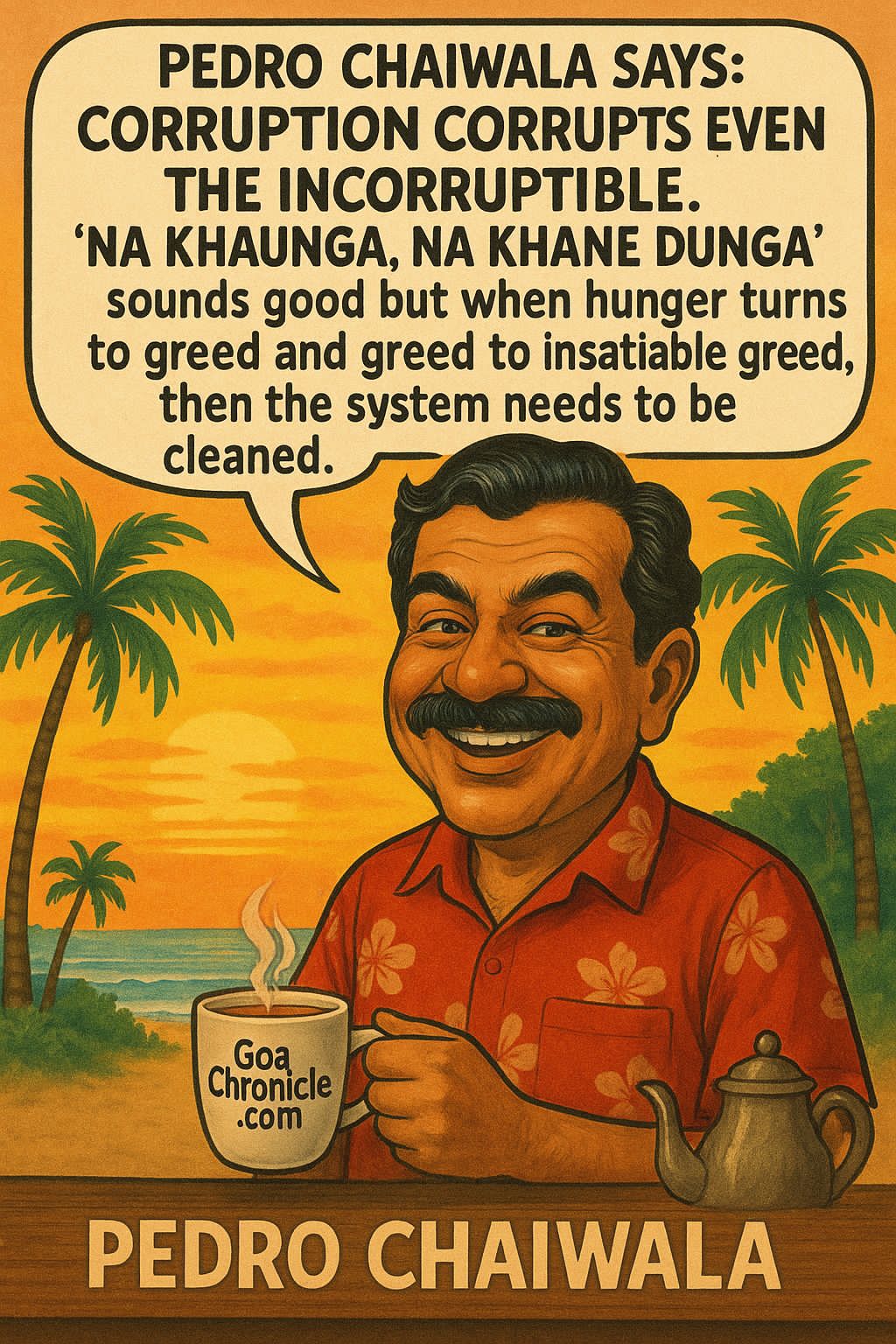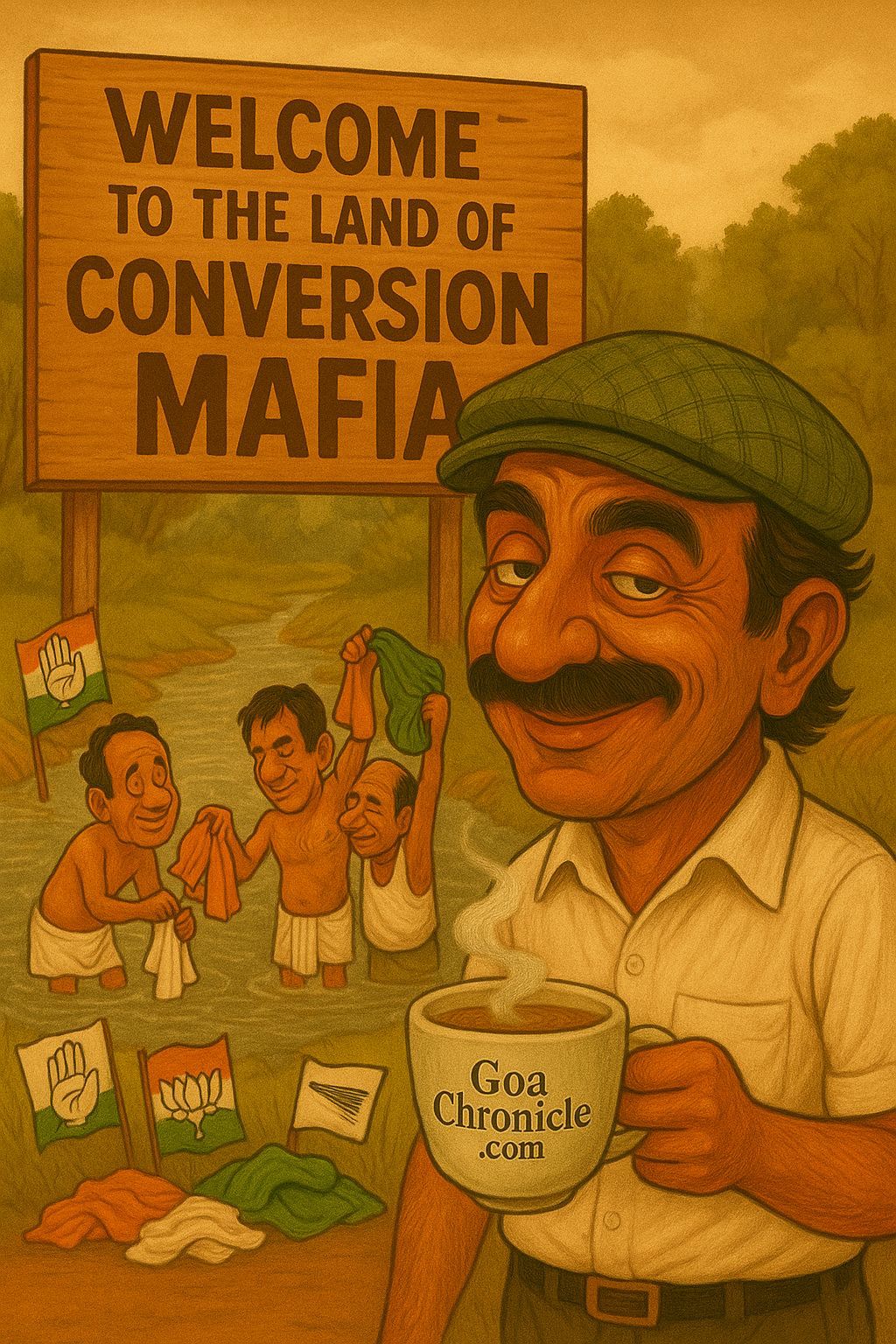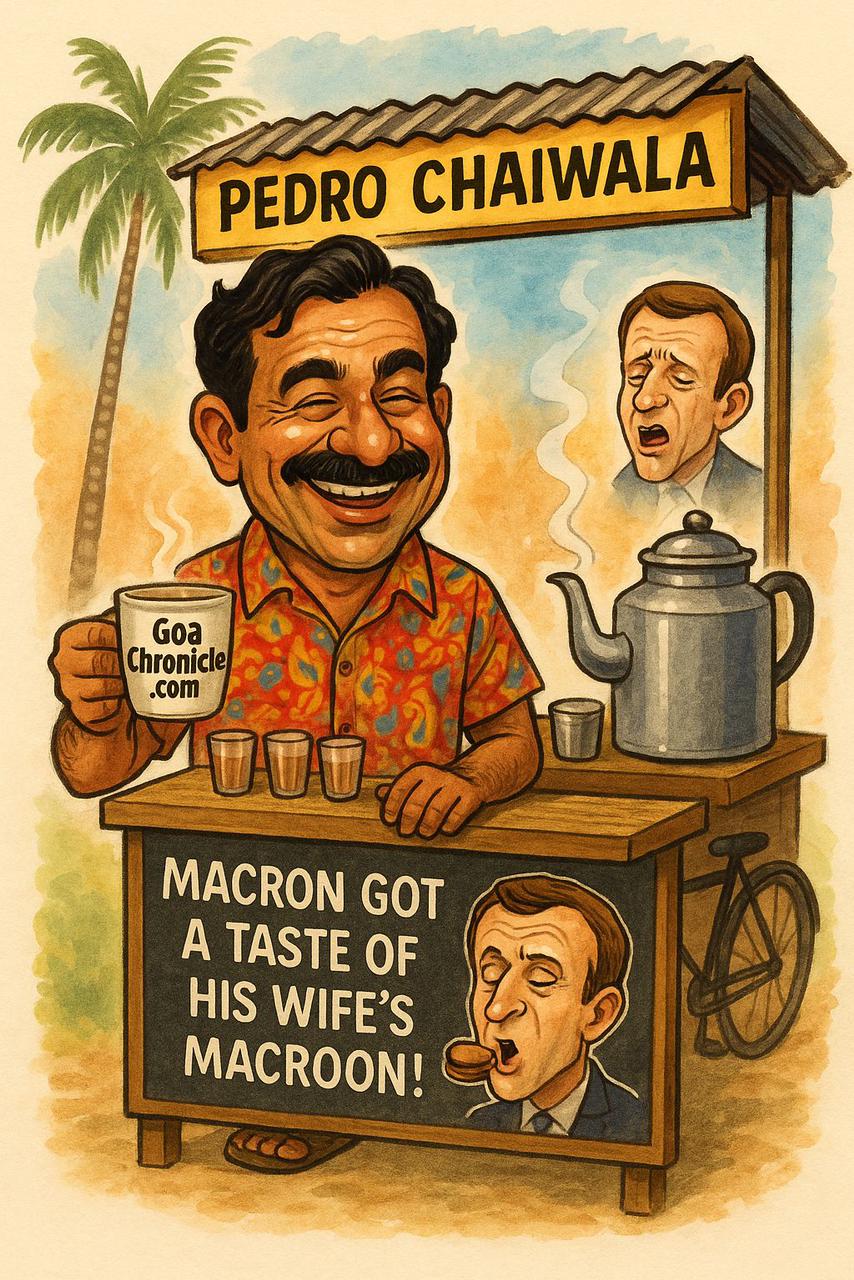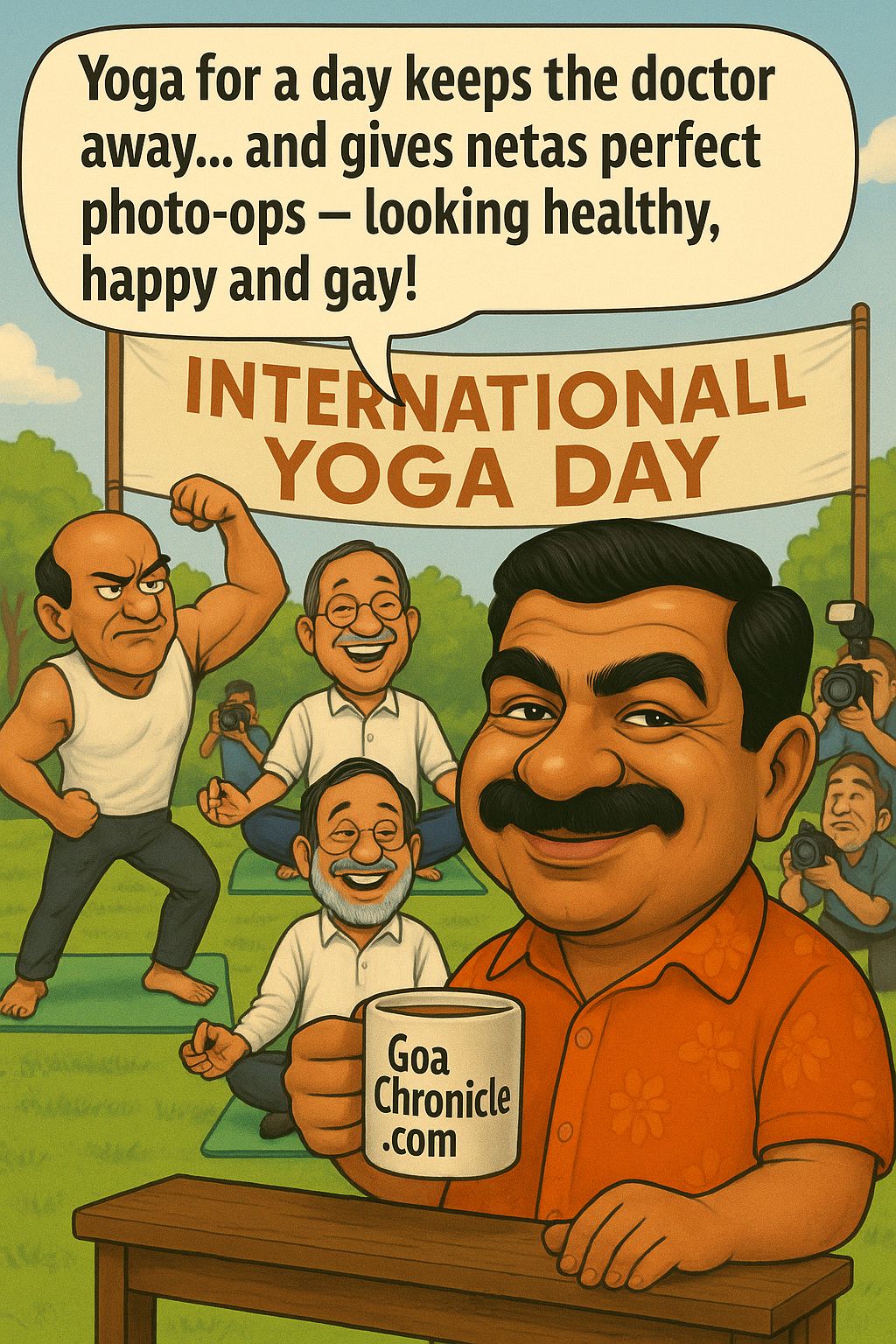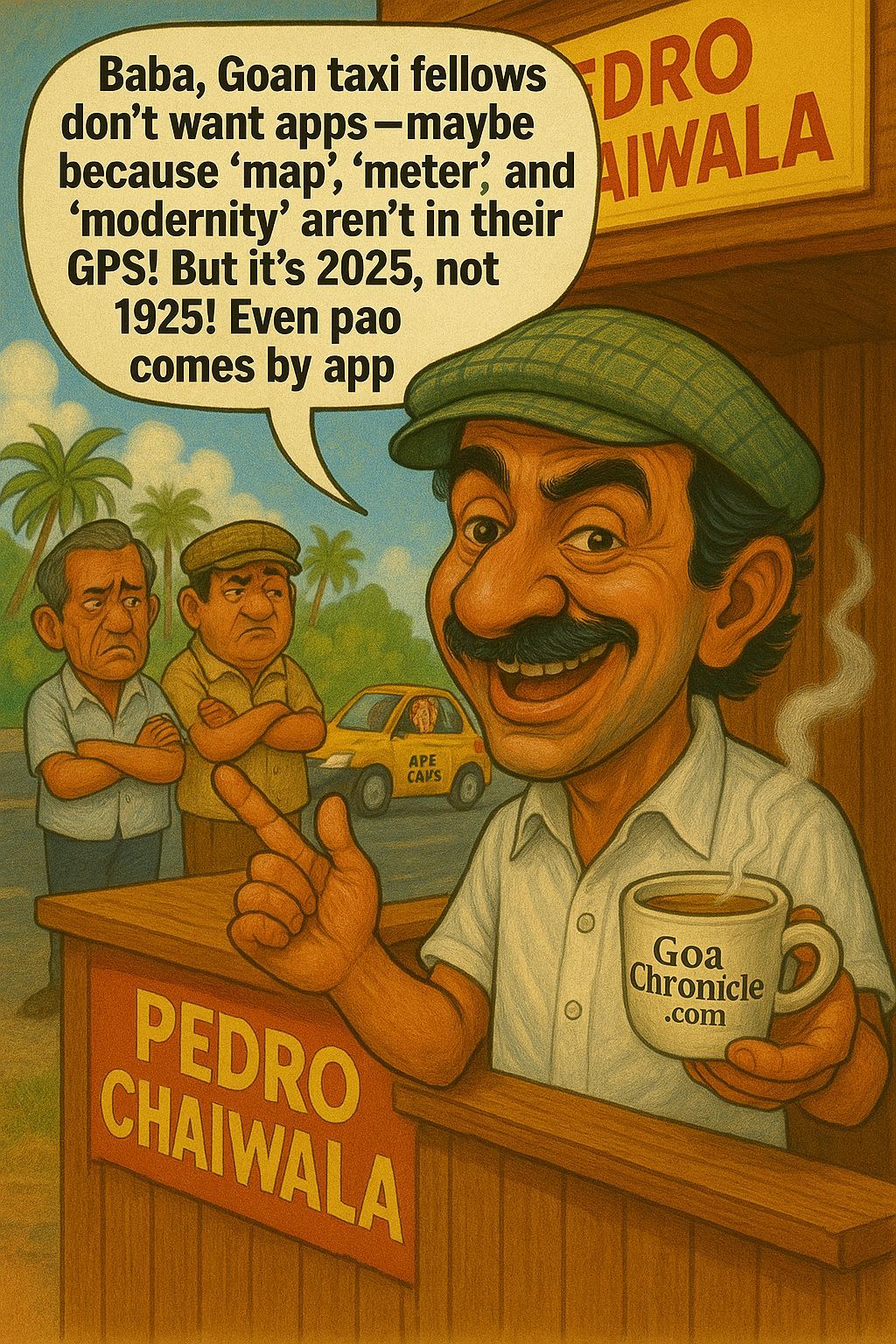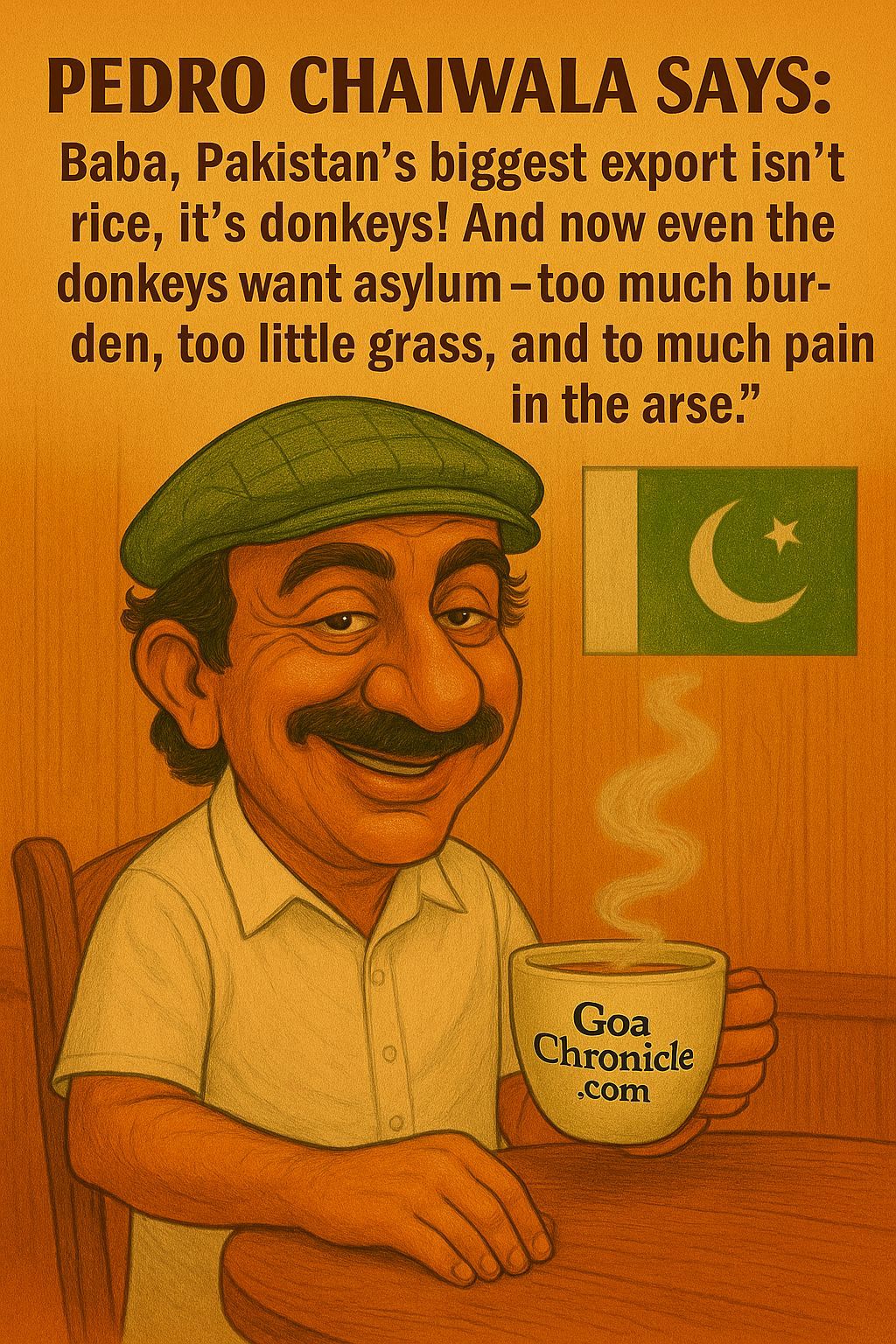Goa’s future is being misread as a seaside shopping mall. We cheer at the arrival of more resorts, rave at the glow of yet another waterfront development, and applaud GDP numbers that show short-term gains. But strip away the glitter and the truth is simple: Goa’s comparative advantage, its cultural spine and its ecological insurance policy, is agriculture. Reclaiming that is not sentimentality – it is strategy.
At independence-from-Portuguese-rule and in the decades that followed, agriculture was the backbone of Goan life. At liberation nearly 70% of Goans were engaged in agriculture as a primary occupation; paddy, cashew and coconut formed the cropping fabric of everyday life. Today the numbers look different, but the resource base remains: as of recent official accounts Goa still has substantial cropped area – the gross cropped area is reported at about 1.45 lakh hectares and the net sown area around 1.26 lakh hectares, with a cropping intensity of 114%. Those are not trivial figures; they are the bones of an agrarian revival if we choose to invest in them.
And yet the economic story has been allowed to be hijacked by a narrow calculus. Agriculture (including forestry and fishing) makes up only a small share of Goa’s GVA – estimates place the primary sector’s share in the single digits (around 5–8% depending on methodology), while industry and services dominate. That is precisely the problem: policy and capital have followed those big numbers, pushing land-use change, incentivising real-estate conversion and treating farmers as relics of a simpler age. But a small share of GVA today does not mean agriculture cannot be the engine of tomorrow – if rebuilt on modern, remunerative lines.
Look at the crops: traditionally paddy was the heartland crop, with cashew and coconut close behind. The Directorate of Agriculture notes that, historically, cashew occupies nearly 55,000 hectares while paddy covered around 31,000 hectares – yet recent trends show worrying declines in paddy yields and in cashew and coconut production in several pockets. This is not merely an agronomic issue; it is a cultural haemorrhage. When paddy fields fall silent, we lose grazing spaces for cattle, we lose groundwater recharge, and a whole chain of rural livelihoods snaps.
Here’s the practical point: restoring Goa’s agrarian identity is not about romanticising ploughs. It is about rebuilding systems that give farmers choices and decent incomes so they don’t sell land for a one-time payout. The steps are clear and implementable:
- Value-addition on the farm and in villages. Goa’s cashew, coconut, spices, and horticulture can command premium prices if processed locally — roasted cashew, virgin coconut oil, organic spice blends, and processed banana/plantain products. Instead of exporting raw nuts and import dependence on processed foods, we can build micro-food parks and co-operative processing units that keep margins in the state.
- Premiumisation through organic and identity-linked branding. Goa can be the “Organic Konkan” – get clusters of panchayats certified, support farmers through conversion costs and market linkages, and sell Goa-labelled rice, spices and dairy at a premium to urban centres and tourists who still come for authenticity. Consumers pay for provenance; let that provenance belong to smallholders.
- Cattle and integrated farming. Livestock numbers show a living stock that can be harnessed: crossbred and indigenous cattle populations recorded in local handbooks and livestock census data indicate tens of thousands of heads – a base for sustainable dairy, manure-based fertility systems and an integrated farm economy. The cow must be recast as a unit of circular economy – milk, biogas, and bio-manure – not merely a backyard relic.
- Water-first land planning. Goa’s soils respond well to water-smart practices. Restoring and maintaining traditional water bodies, bund strengthening, small-scale irrigation and watershed management will protect yield and reduce dependence on erratic labour flows. The loss of paddy is often linked to labour shortages and irregular rainfall – both manageable with policy nudges and investment.
- Technology and markets for smallholders. Digital procurement platforms, cold-chain linkages, contract farming with food and hospitality chains (with fair terms), and simple mechanisation for paddy transplanting and harvesting can slash costs and make farming attractive. Agri-tech need not mean fancy robotics – it can mean solar-powered dryers, mobile soil testing and group-owned mini-tractors.
- Policy shift: land-use protection and fiscal incentives. State planning must protect prime agricultural land from indiscriminate conversion. Incentives (tax breaks, insurance premium support, MSP-linked procurement for staple and nutraceutical crops) will steer choices. The state’s fiscal plans must recognise that paying farmers to keep land productive is cheaper than paying social and environmental bills later.
Why will this work? Because agriculture in Goa is not about competing with Maharashtra or Karnataka on scale – it’s about competing on value, sustainability, and identity. Goa’s per capita income is high precisely because it has been able to extract high-value services from its landscape; it is time to extract value in ways that are regenerative and local. Tourism will continue to matter, but it should complement agriculture, not cannibalise it: farm-stays, agro-tourism, and local food circuits can increase farm incomes and reconnect city dwellers with soil.
There are immediate wins too. Short-season vegetables grown organically can return better per-acre yields than rice; intercropping with spices and fruit trees improves soil and cash flow; community-supported agriculture (CSA) models can secure advance payments and reduce price risk. Cooperatives can handle procurement and value addition, reducing fragmentation that depresses farmer bargaining power.
Now for the candid truth: market forces favour conversion because one sale to a developer often outbids years of farming income. That is why policy must act as the countervailing force. Land being sold for development is an irreversible loss of ecological capital — mangroves, wetlands, paddy basins — that charge the groundwater and buffer storms. Short-term GDP lifts from construction do not account for long-term losses in ecosystem services and food security.
If Goa chooses this route – to honour its fields and its cows – the payoff will be multiple. Food security increases, rural unemployment falls, ecological resilience improves, and the Goan brand becomes richer and more defensible. This is not a backward-looking plea; it is a modern economic strategy anchored in a place-based comparative advantage.
Let us end with a simple equation: a hectare that feeds a family and sells processed produce creates recurring, localised value. A hectare sold for a villa creates one-time profits and lifetime externalities. Which future do we prefer? Which Goa do we want our grandchildren to inherit – a coastline ringed with condos, or a living countryside where the moo of a cow meets the rustle of paddy and the plate on the table is truly Goan?
We must choose soil over sale, cows over condos and continuity over convenience. The map of Goa’s future should be drawn with ploughlines and irrigation channels, not property fences. If we act with courage and clarity, Goa can return to its true identity – an agrarian state that feeds bodies, souls and the planet. The time for that reclamation is now.





